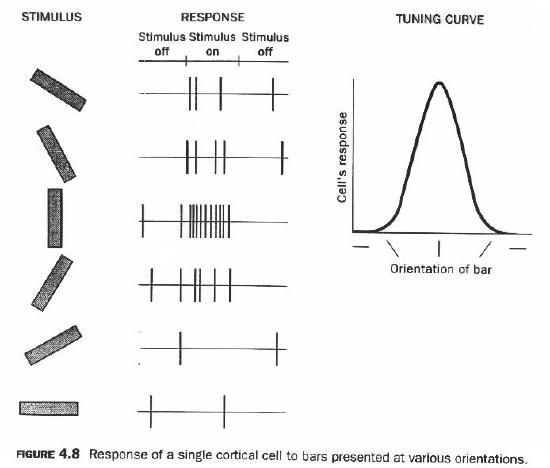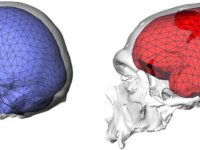In the world of music, being able to know when you’re in tune is key. As any musician knows, it takes a good deal of time, skill, and experience to identify tones, and in most cases, one needs a reference tone, having “relative pitch.” However, some have the ability to identify notes without any reference. Those with this ability are colloquially known as having “perfect pitch” or “absolute pitch.” Across studies on perfect pitch, some have shown certain trends behind the phenomenon. A primary trend is that the prevalence of this skill differs across cultures, with it being less common in Western cultures than in some Eastern ones, suggesting culture and training are key factors. For example, Japan in particular has had much higher prevalence in its population. Among Western musicians, between 1 and 20 percent of the population has perfect pitch; while in Japan, up to 50 percent has it. Similarly, China has reported higher rates of perfect pitch individuals than the United States has across all age levels.
What at first seems like a random disparity is likely the product of consistent cultural, linguistic, and musical traditions acting upon the young mind’s high level of adaptability. Specifically, in Japan, the Suzuki method of violinist training is thought to increase the probability of gaining perfect pitch, while in China it’s thought to be influenced by learning the heavily tonal language of Mandarin.
How might memorized melody be like the intonations of complex tonal speech, and what is the overall effect of that on the brain when taught at an early age?
The Suzuki method generally trains musicians at an especially young age, usually before five, with an emphasis on learning music through melody memorization and purely auditory cues; students aren’t taught sheet music notation first. This points to something shared with young Chinese students. Music learned by this method is, in some ways, akin to learning a language, since there are no visual cues, and because learning Mandarin requires mastering subtle tonal differences, these two populations share two things: One, they’re exposed to tonal differences at an extremely young age, and two, that exposure takes place in a way that shies away from visual cues.
Neurologically, the union of these two trends hints at meaningful understandings of auditory and musical processing. How might memorized melody be like the intonations of complex tonal speech, and what is the overall effect of that on the brain when taught at an early age?
One 2019 study in the Journal of Neuroscience compared brain matter and neural activity between those with perfect pitch and those without (both relative pitch and control subjects) when asked to identify tones. It found that people with perfect pitch have a larger amount of neural tissue in their auditory cortex and that neural tissue was more “broadly tuned” when listening, a term that refers to the activity of neurons. Neurons with broader tuning are more reactive to a broader range of stimuli. This suggests that those with perfect pitch are more attuned to auditory stimuli; by having more reactive tissue, they are more perceptive of a stimulus’s qualities.

But studying differences in neural activity across different kinds of auditory inputs reveals a more intricate picture. Instead of recording activity on just tone identification across the groups of those with perfect pitch, relative pitch, and a control group of nonmusicians, one 2010 study published in Cerebral Cortex study looked at how each of these three groups reacted to a broad range of speech stimuli, varying in lexical (e.g., vocabulary) and prosodic (e.g., rhythm and intonation) makeup. Different hemispheres of the brain have been shown to activate for segmental versus suprasegmental information processing — left and right, respectively. Segmental information processing refers to distinct sound units like p or t that change lexical meaning, like pad versus tad. Suprasegmental processing occurs with changes in stress and tone, which are melodic elements. This second study, then, compared participants’ brain activity when listening to speech and melody and found that, when listening to both, perfect-pitch brains had, on average, different brainwave frequencies across both hemispheres compared to relative-pitch and nonmusician brains. With each hemisphere associated with either lexical speech or melodic elements, this implies that part of perfect pitch is processing not just melody differently but speech as well.
Those with perfect pitch process both speech and melody differently
In other words, this study was able to prove that, on some level, those with perfect pitch process both speech and melody differently; these might both contribute to perfect pitch. It seems they can hear the music of the world in a way that others can’t, almost linguistically, possibly because they’ve been taught to since such a young age.
Neuroscience (2019). DOI: 10.1523/JNEUROSCI.1532-18.2019
Cerebral Cortex (2009). DOI: 10.1093/cercor/bhp113






